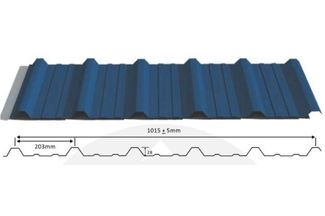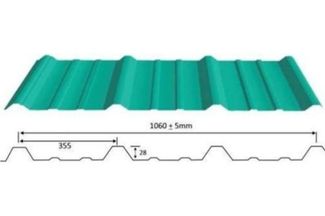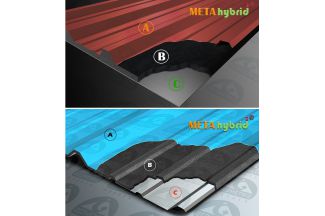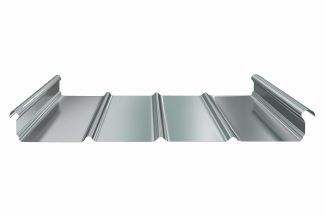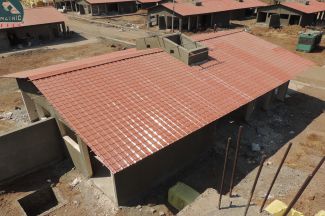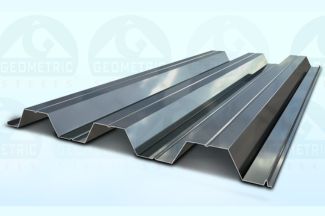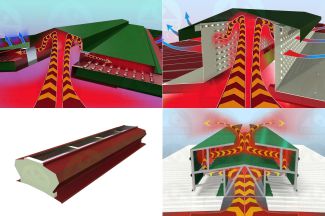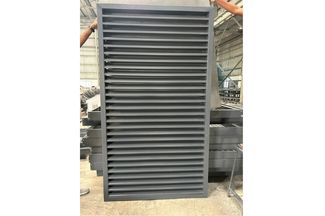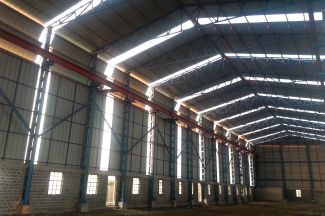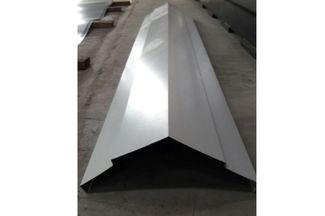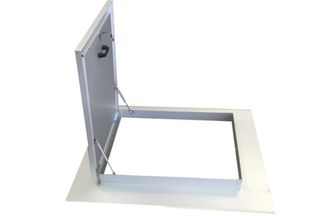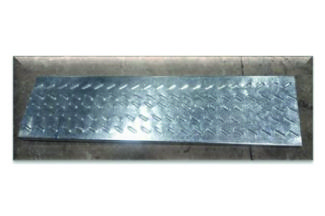Breaking Down the Process - From Concept to Completion in Pre-Engineered Construction
Introduction:
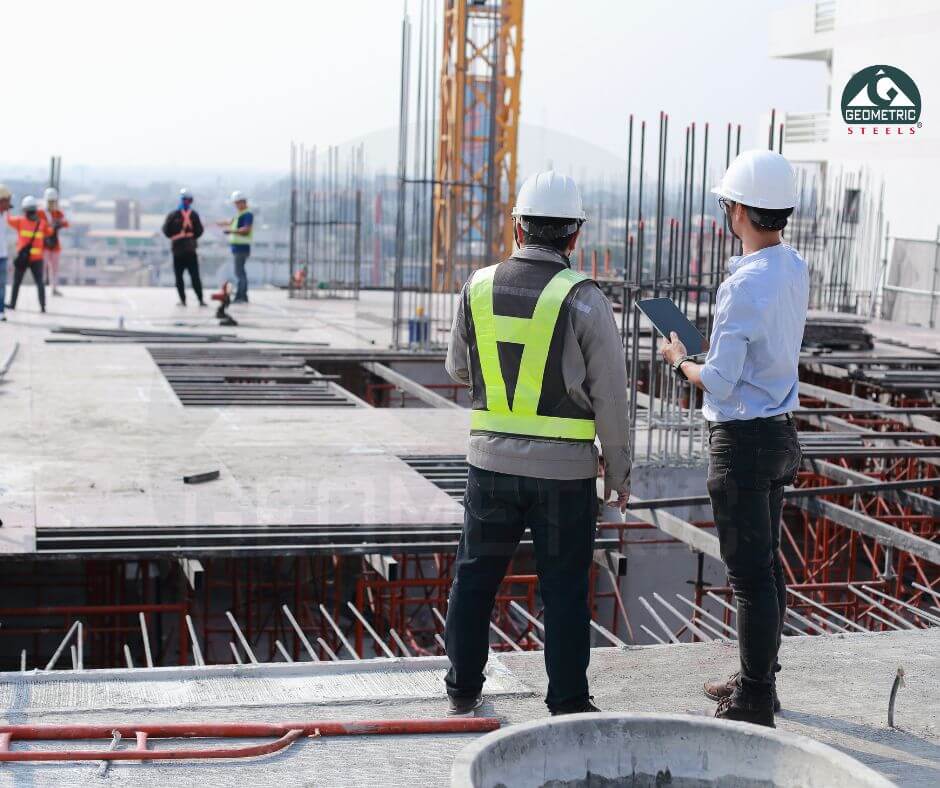
Pre-engineered construction represents a transformative approach to building, streamlining the construction process from inception to delivery. This guide illuminates the intricate journey of transforming conceptual ideas into tangible structures, showcasing the fusion of innovation, efficiency, and meticulous planning inherent in pre-engineered construction projects.
We will explore the following points:
1. Understanding Pre-Engineered Buildings: A Primer
2. The Initial Stages: Conceptualization and Planning
3. Designing for Efficiency and Flexibility
4. Engineering the Framework: Structural Analysis and Optimization
5. Fabrication and Manufacturing: Precision in Production
6. On-Site Assembly: Bringing the Vision to Life
• Colour coated profile sheets
• Metahybrid thermal insulated roofing sheets
7. Finishing Touches: Interior Fit-Out and Exterior Detailing
8. Quality Assurance and Compliance: Ensuring Standards and Regulations
9. Handover and Beyond: Client Satisfaction and Post-Construction Support
1. Understanding Pre-Engineered Buildings: A Primer
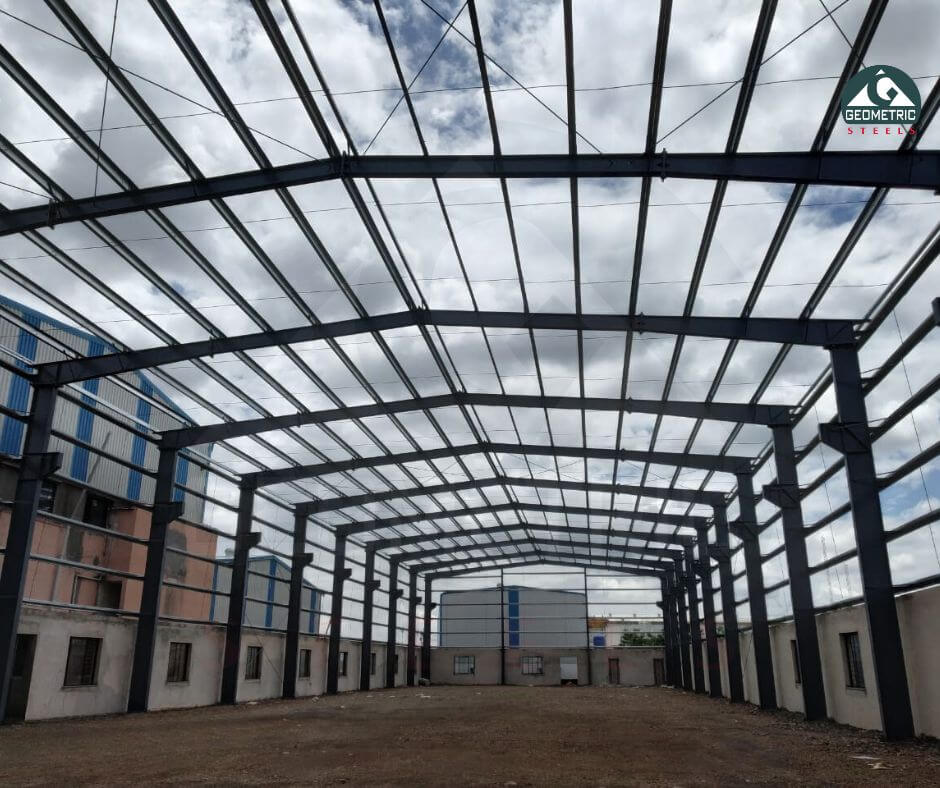
Pre-engineered buildings, also known as prefab or modular buildings, are structures that are manufactured off-site in controlled factory environments before being transported to the construction site for assembly. Unlike traditional construction methods that involve on-site fabrication of building components, pre-engineered buildings are designed and engineered using standardized modules and components, which are then assembled according to predetermined specifications.
These buildings are characterized by their efficiency, speed of construction, and cost-effectiveness. By leveraging advanced design and manufacturing techniques, pre-engineered buildings offer numerous advantages over traditional construction methods, including shorter construction timelines, reduced labour costs, and enhanced quality control.
Pre-engineered buildings are highly versatile and can be customized to meet a wide range of architectural and functional requirements. They are commonly used for various applications, including warehouses, industrial facilities, commercial buildings, agricultural structures, and even residential homes.
2. The Initial Stages: Conceptualization and Planning

The journey of a pre-engineered building project begins with a clear vision and meticulous planning. Architects, engineers, and project managers collaborate closely with clients to define project goals, assess site conditions, and develop a comprehensive project plan.
During the conceptualization phase, stakeholders brainstorm ideas and explore design concepts that align with the client's needs, budget, and timeline. Feasibility studies are conducted to evaluate the technical, financial, and logistical aspects of the project, ensuring that it is viable and achievable within the specified parameters.
Site assessments are conducted to evaluate factors such as topography, soil conditions, accessibility, and zoning regulations. This information is used to inform the design and construction planning process, ensuring that the final structure is optimized for its intended location.
3. Designing for Efficiency and Flexibility
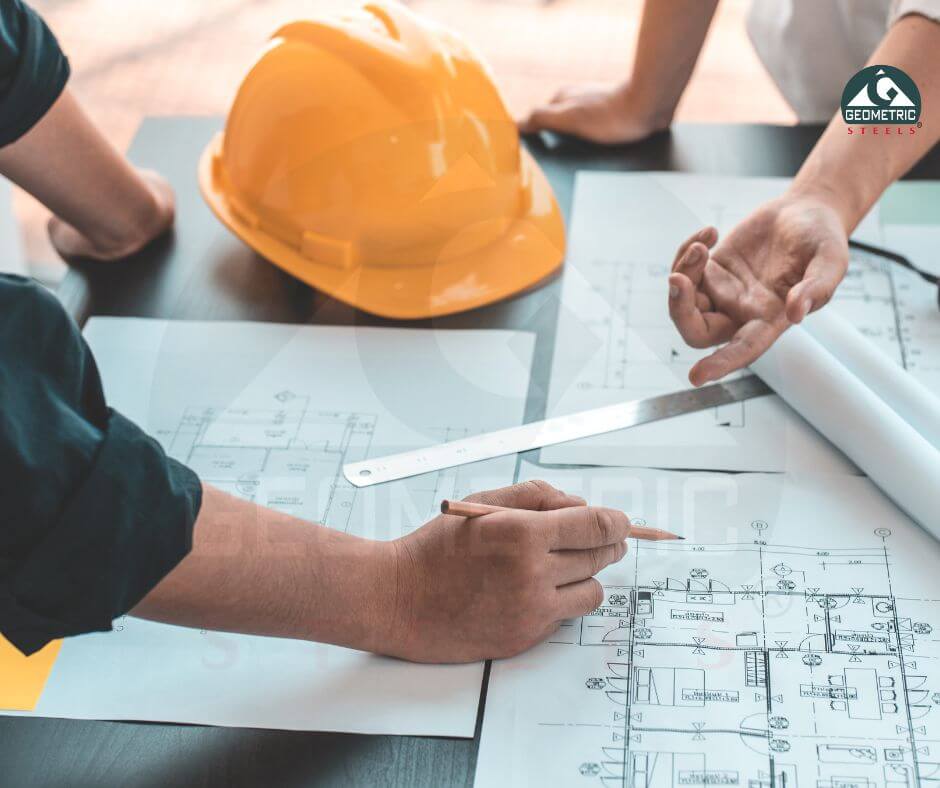
In the design phase of pre-engineered construction, architects and engineers leverage advanced technology and software tools to create customized solutions that meet the client's requirements. Computer-aided design (CAD) and building information modelling (BIM) software are used to generate detailed 3D models of the building, allowing stakeholders to visualize the final product and identify potential design challenges.
Designers focus on optimizing the layout, structural system, and building envelope to maximize efficiency, energy performance, and space utilization. They also consider factors such as material selection, construction methods, and future adaptability, ensuring that the building is both functional and flexible enough to accommodate changing needs over time.
4. Engineering the Framework: Structural Analysis and Optimization
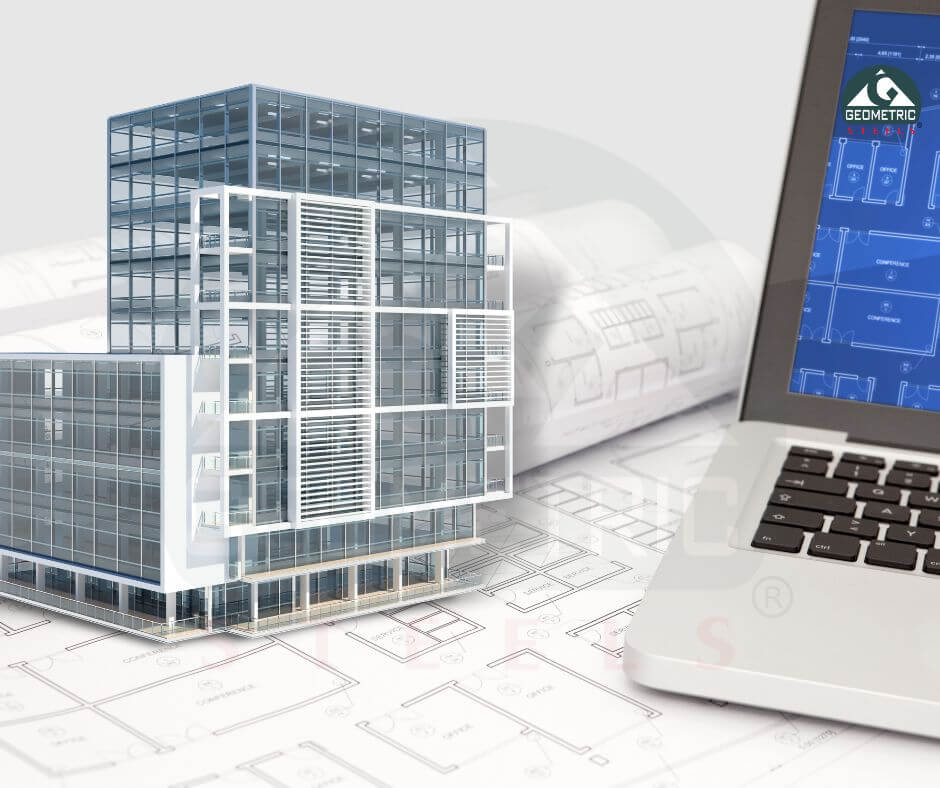
The structural engineering aspect of pre-engineered construction is critical to ensuring the safety, stability, and longevity of the building. Engineers utilize advanced modelling techniques, such as finite element analysis (FEA) and computational fluid dynamics (CFD), to analyse the behaviour of the structure under various loading conditions and environmental factors.
During the optimization process, engineers fine-tune the design to minimize material usage while maximizing structural performance. This may involve adjusting the size and spacing of structural members, optimizing connection details, and incorporating innovative solutions to enhance resilience and durability.
5. Fabrication and Manufacturing: Precision in Production
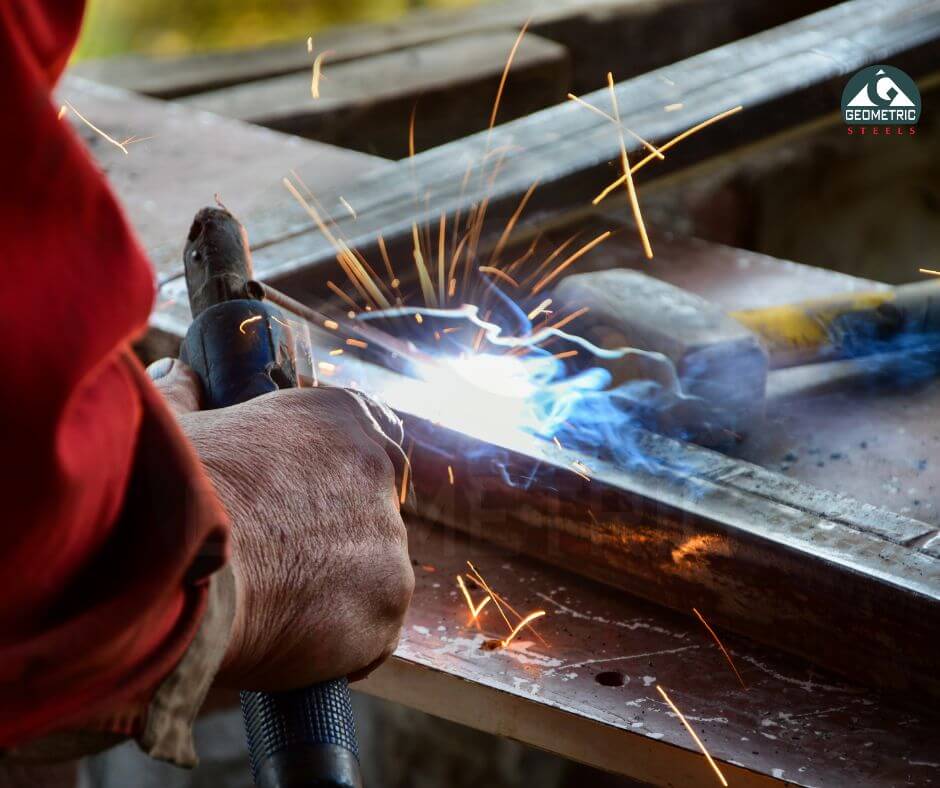
Once the design is finalized, attention turns to the fabrication and manufacturing of the building components. In a controlled factory environment, skilled technicians and automated machinery work together to produce precision-engineered components with minimal waste and error.
Steel beams, columns, and roof trusses are fabricated using high-strength structural steel, which is cut, welded, and assembled according to the design specifications. Roof and wall panels are formed from galvanized steel or aluminium sheets, which are coated with protective finishes to enhance durability and weather resistance.
6. On-Site Assembly: Bringing the Vision to Life
With the building components fabricated and ready for installation, the focus shifts to the construction site, where the assembly process begins. A skilled team of construction workers, including riggers, welders, and crane operators, work together to erect the structural framework and assemble the various building elements according to the construction drawings.
Each product offered by Geometric Steels plays a vital role in the construction of pre-engineered buildings, contributing to their strength, durability, and aesthetic appeal. Here's how some of these products are utilized in the assembly process:
• Colour coated profile sheets:
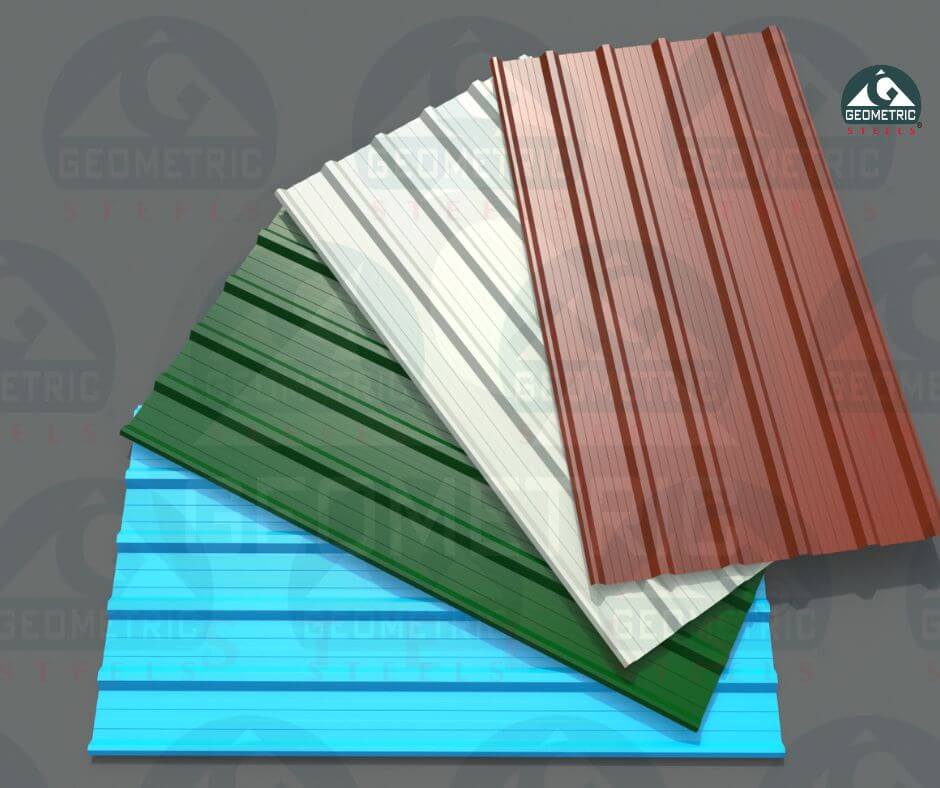
Ribstrong and Bigspan profile sheets are commonly used for roofing applications, providing strength and durability while allowing for longer spans between support points. These sheets are installed as roofing panels, forming the protective outer layer of the building envelope.
• Metahybrid thermal insulated roofing sheets:
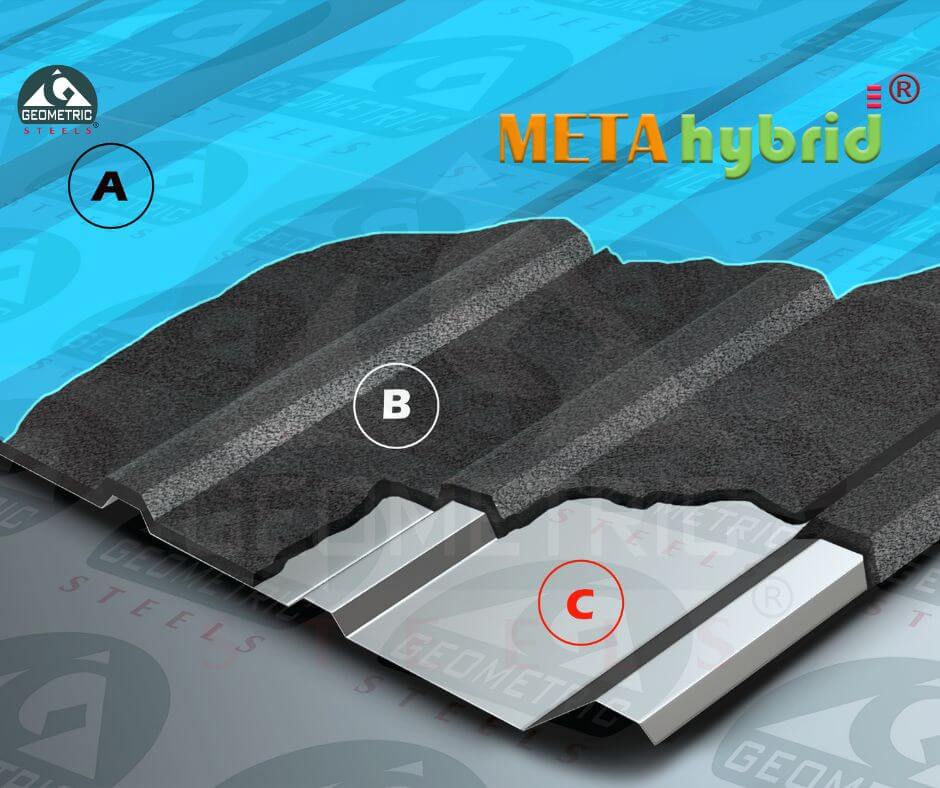
Single skin and double skin thermal insulated roofing sheets offer enhanced thermal performance, helping to regulate indoor temperatures and reduce energy consumption. These sheets are installed as part of the roofing system, providing insulation and weather protection.
• Aluminium profile sheets:
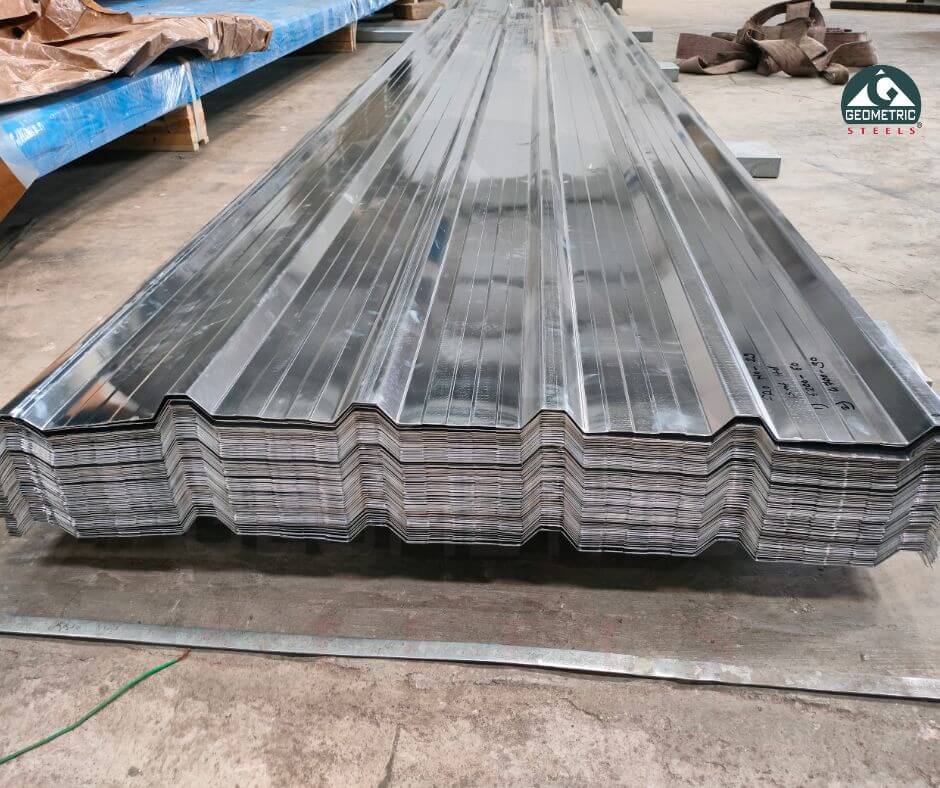
Aluminium profile sheets are lightweight and corrosion-resistant, making them ideal for roofing and cladding applications in pre-engineered buildings. These sheets are often used for decorative purposes or as an alternative to traditional steel roofing materials.
• Purlins:

C-purlins, Z-purlins, U-purlins, L-angle, Hat top section, and Special sections provided by Geometric Steels serve as essential structural components in pre-engineered buildings. Purlins are installed horizontally along the length of the roof, supporting the roof panels and transferring loads to the primary structural framework.
• Steel decking sheets:

SteelDECK 52, SteelDECK 76, and SteelDECK 102 offered by Geometric Steels serve as robust flooring solutions for pre-engineered buildings. These sheets are installed as decking panels, providing a stable and durable platform for the building's floors while also enhancing structural integrity and load-bearing capacity.
• Accessories:
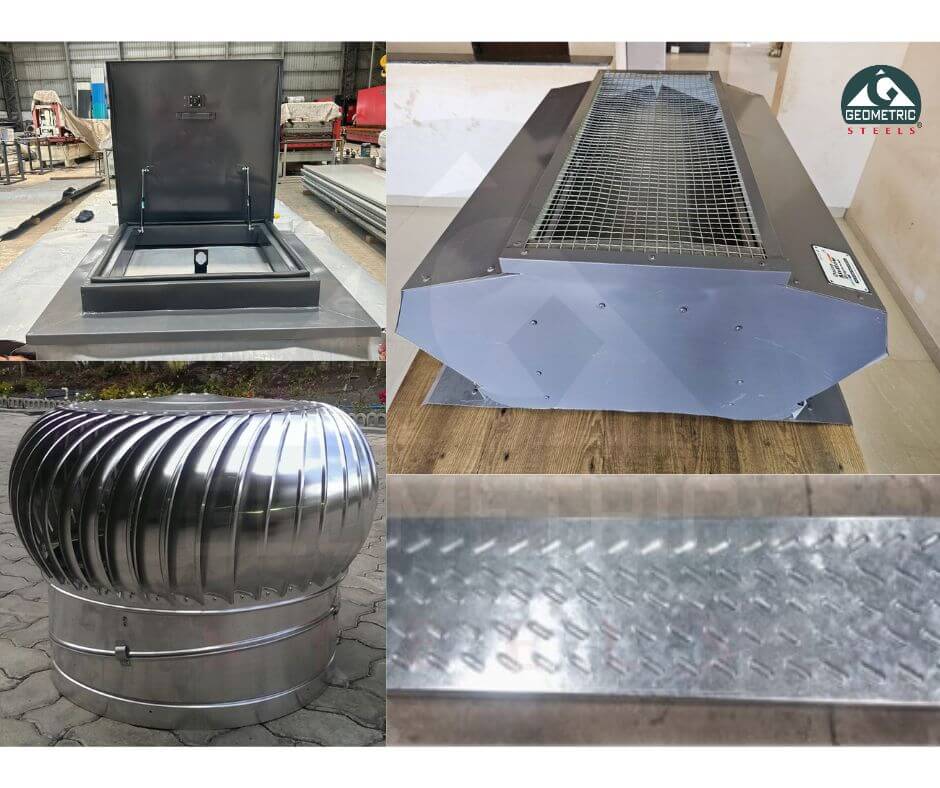
Accessories such as flashing and crimp curve are used to provide weatherproofing and finish detailing for roofing and cladding systems. These components are installed at critical junctions and transitions to ensure a watertight seal and enhance the overall durability of the building envelope.
As the assembly process progresses, each product is carefully integrated into the overall structure, contributing to its functionality, efficiency, and visual appeal. By leveraging a comprehensive range of high-quality products from Geometric Steels, construction teams can ensure that pre-engineered buildings are built to the highest standards of performance and durability.
7. Finishing Touches: Interior Fit-Out and Exterior Detailing
With the structural framework in place, attention turns to the interior fit-out and exterior detailing of the building. Interior partitions, flooring, and ceiling systems are installed to create functional spaces that meet the client's specific requirements.
Exterior detailing options, such as facade treatments, cladding, and trim, are also added to enhance the building's aesthetic appeal and identity. Landscaping, signage, and other exterior features may be incorporated to further enhance the overall appearance of the building and create a welcoming environment for occupants and visitors.
8. Quality Assurance and Compliance: Ensuring Standards and Regulations
Throughout the construction process, maintaining stringent quality assurance measures and complying with building codes and regulations are paramount. Quality control protocols are implemented at every stage of the project, from fabrication and assembly to finishing and handover.
Inspections are conducted by qualified professionals to ensure that the building meets or exceeds industry standards for safety, durability, and performance. Certifications and approvals may be obtained from regulatory authorities to demonstrate compliance with applicable codes and regulations.
9. Handover and Beyond: Client Satisfaction and Post-Construction Support
As the construction journey nears its end, the focus shifts to ensuring client satisfaction and providing comprehensive post-construction support. Final inspections and walkthroughs are conducted to address any remaining issues or concerns and ensure that the building meets the client's expectations.
Documentation, including as-built drawings, warranties, and maintenance manuals, are provided to the client for future reference. Training may also be provided to building occupants and maintenance staff to ensure they understand how to operate and maintain the building systems effectively.
Conclusion: The Future of Pre-Engineered Construction
In conclusion, the journey from concept to completion in pre-engineered construction is a testament to the seamless integration of creativity, innovation, and precision engineering. As technology continues to evolve and new advancements emerge, the future of pre-engineered buildings holds limitless possibilities for creating sustainable, efficient, and adaptable spaces that enrich the lives of people around the globe.
Disclaimer: The information provided on this blog is for general informational purposes only; the owner makes no representations as to accuracy or completeness, and will not be liable for any errors, omissions, losses, injuries, or damages arising from its use. Opinions expressed are those of the authors and do not necessarily reflect the views of any affiliated organization.

